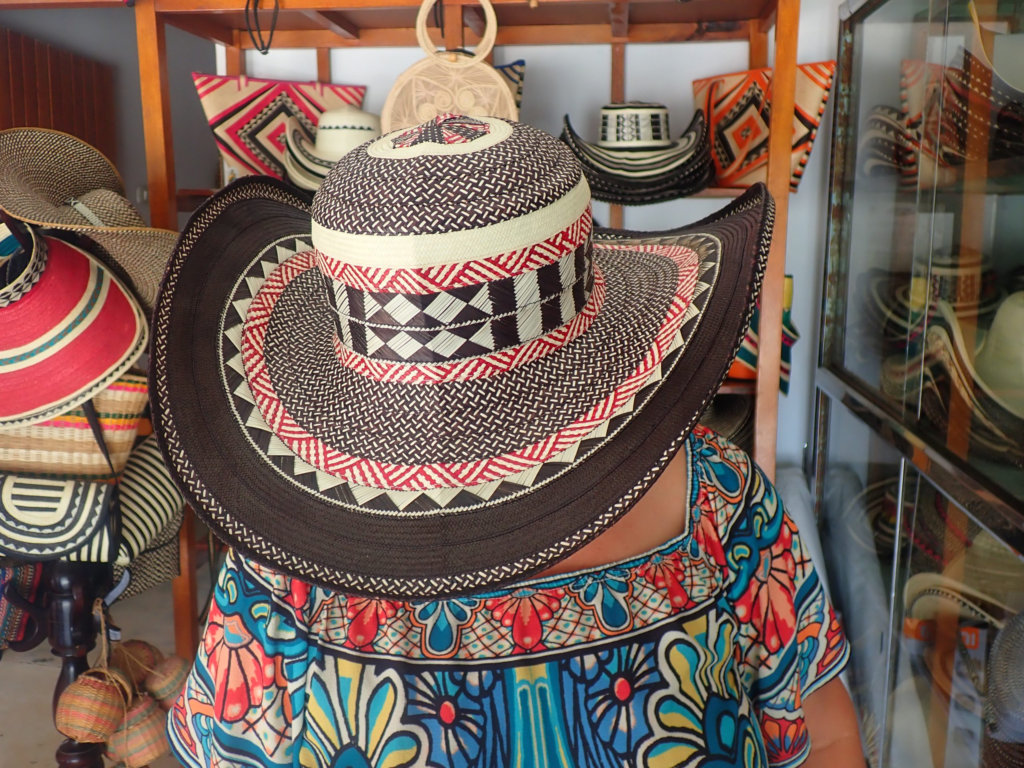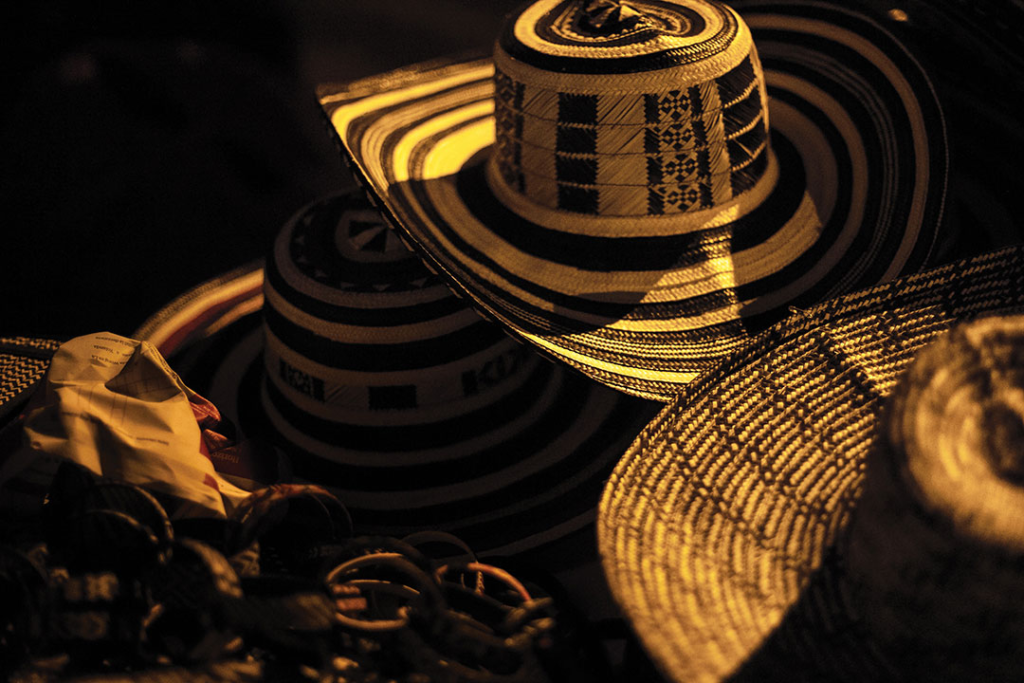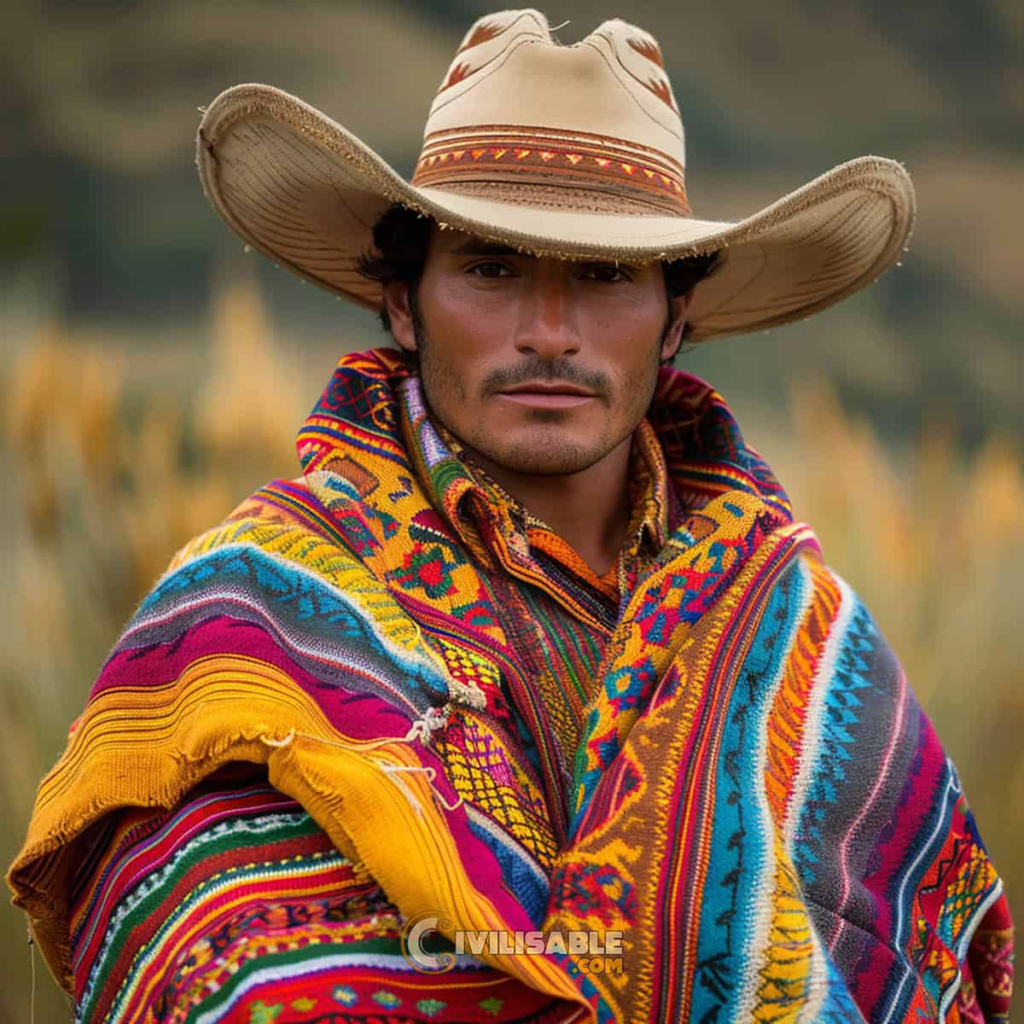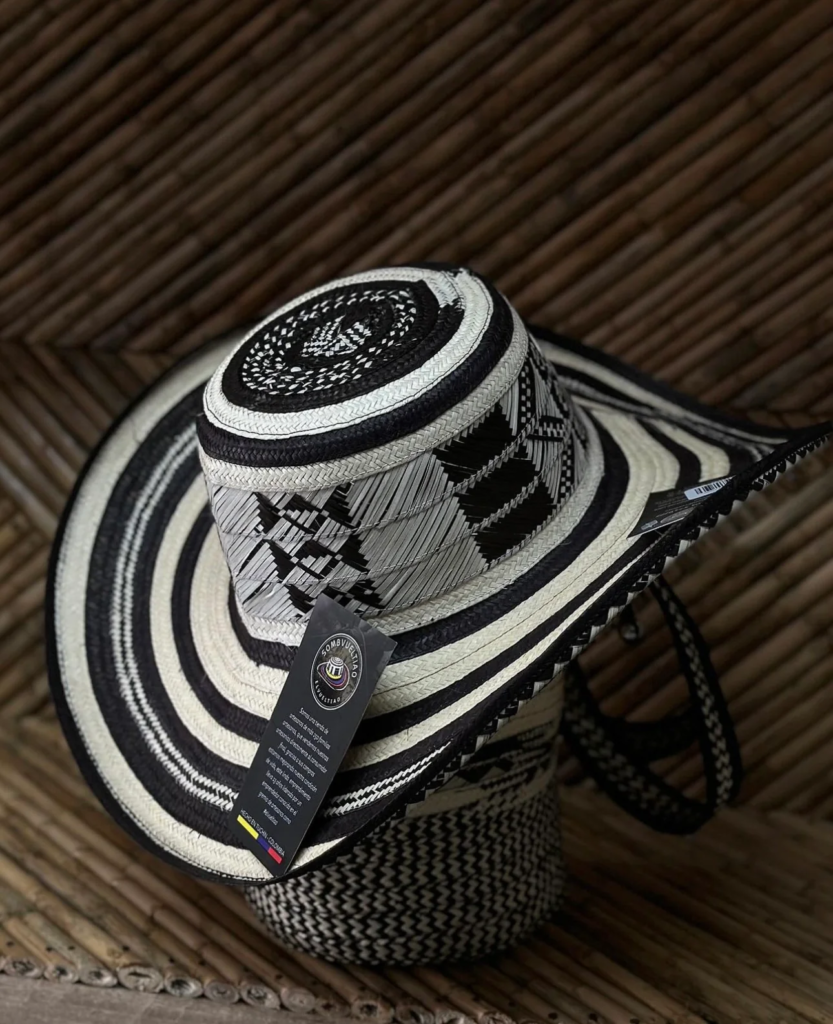The Sombrero Vueltiao, a strikingly patterned, circular hat, is far more than just headwear in Colombia. It’s a vibrant symbol of national identity, a testament to indigenous artistry, and a tangible link to the country’s rich cultural heritage. Woven with meticulous care from natural fibers, the Sombrero Vueltiao transcends its practical function as protection from the sun, embodying the spirit and traditions of the Colombian people, particularly those of the Zenú indigenous community. This article delves into the history, craftsmanship, cultural significance, and enduring appeal of this iconic Colombian emblem.
A History Woven in Time: The Origins of the Sombrero Vueltiao

The Sombrero Vueltiao‘s origins can be traced back centuries to the Zenú people, who inhabited the floodplains of the Sinú River in what is now northern Colombia. Evidence suggests that similar hats were used by the Zenú as early as the pre-Columbian era. The intricate weaving techniques and the characteristic black and white patterns are believed to have evolved over generations, reflecting the Zenú’s deep connection to their environment and their understanding of natural materials. The Sombrero Vueltiao wasn’t merely functional; it held symbolic weight, often used in ceremonies and rituals. The number of rings or “vueltas” in the weave, traditionally between 21 and 23, signified social status and prestige within the community.
The Art of the Weave: Crafting the Sombrero Vueltiao

The creation of a Sombrero Vueltiao is a labor of love, a testament to the skill and patience of Colombian artisans. The process begins with the careful selection and preparation of caña flecha, a type of palm fiber. These fibers are then sun-dried and dyed, traditionally using natural materials to achieve the characteristic black and white contrast. The weaving itself is a complex and time-consuming process, requiring immense dexterity and knowledge passed down through generations. Artisans meticulously interweave the caña flecha strands, creating the distinctive circular pattern and the characteristic rings. The tightness and precision of the weave determine the quality and durability of the hat. A single Sombrero Vueltiao can take several weeks or even months to complete, depending on its complexity and size. The finest Sombreros Vueltiaos are prized possessions, often passed down as family heirlooms.
Beyond Headwear: The Sombrero Vueltiao as a Cultural Symbol

The Sombrero Vueltiao has transcended its origins as a regional craft to become a powerful symbol of Colombian national identity. It represents the country’s rich indigenous heritage and the resilience of its traditions. The hat is ubiquitous in Colombia, worn by people from all walks of life, from farmers in the fields to politicians and celebrities. It’s a common sight at festivals, parades, and cultural events, serving as a vibrant reminder of Colombian pride. The Sombrero Vueltiao is also a popular souvenir for tourists, a tangible piece of Colombian culture to take home. Its image is frequently used in advertising and promotional materials, further solidifying its status as a national icon.
The Sombrero Vueltiao in Modern Colombia: A Blend of Tradition and Fashion

While deeply rooted in tradition, the Sombrero Vueltiao has also found its place in modern Colombian society. Designers have incorporated the distinctive patterns and shapes of the hat into contemporary fashion, creating clothing, accessories, and even home décor items that pay homage to this iconic symbol. This fusion of tradition and modernity has helped to keep the Sombrero Vueltiao relevant and appealing to younger generations, ensuring its continued prominence in Colombian culture. The hat has also become a symbol of unity, representing the diverse regions and communities that make up Colombia.
Protecting the Legacy: Supporting Sombrero Vueltiao Artisans

The continued survival of the Sombrero Vueltiao tradition depends on the support of the artisans who create these remarkable hats. Many organizations and initiatives are working to preserve the traditional weaving techniques and to provide fair wages and market access for Sombrero Vueltiao artisans. By purchasing a Sombrero Vueltiao directly from a local artisan or through a reputable organization, consumers can contribute to the preservation of this important cultural heritage and support the livelihoods of the communities that keep this tradition alive. Supporting sustainable practices and fair trade initiatives is crucial for ensuring the long-term viability of this cherished craft.
The Sombrero Vueltiao: A Timeless Treasure

The Sombrero Vueltiao is more than just a hat; it’s a woven narrative of Colombian history, culture, and artistry. From its origins in the Zenú civilization to its current status as a national symbol, the Sombrero Vueltiao has stood the test of time, embodying the spirit and traditions of the Colombian people. Its intricate weave, its distinctive patterns, and its enduring appeal make it a true icon of Colombian heritage, a timeless treasure to be cherished for generations to come.
(FAQs) About The Sombrero Vueltiao
What is the Sombrero Vueltiao made of?
The Sombrero Vueltiao is traditionally made from caña flecha, a type of palm fiber native to Colombia.
How long does it take to make a Sombrero Vueltiao?
The time varies depending on the complexity and size, but it can take anywhere from a few weeks to several months.
What is the significance of the black and white pattern?
The black and white pattern, along with the number of “vueltas” or rings, has symbolic meaning rooted in Zenú traditions, often representing social status and connection to the environment.
Where can I buy an authentic Sombrero Vueltiao?
You can purchase authentic Sombreros Vueltiaos directly from artisans in Colombia, at local markets, or through reputable organizations that support fair trade practices.
How should I care for my Sombrero Vueltiao?
To maintain its shape and prevent damage, store your Sombrero Vueltiao in a cool, dry place, away from direct sunlight and moisture. You can gently clean it with a soft cloth if needed.











